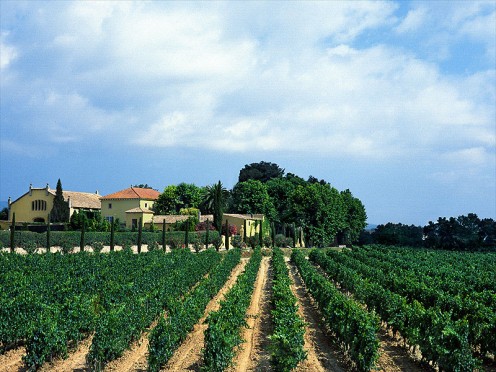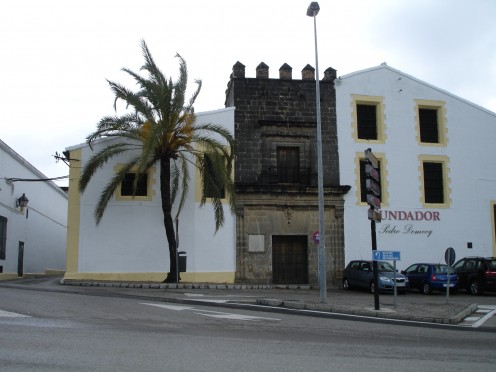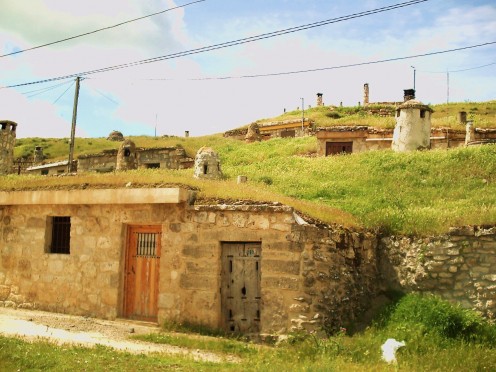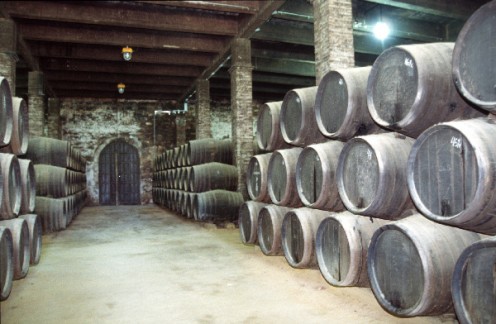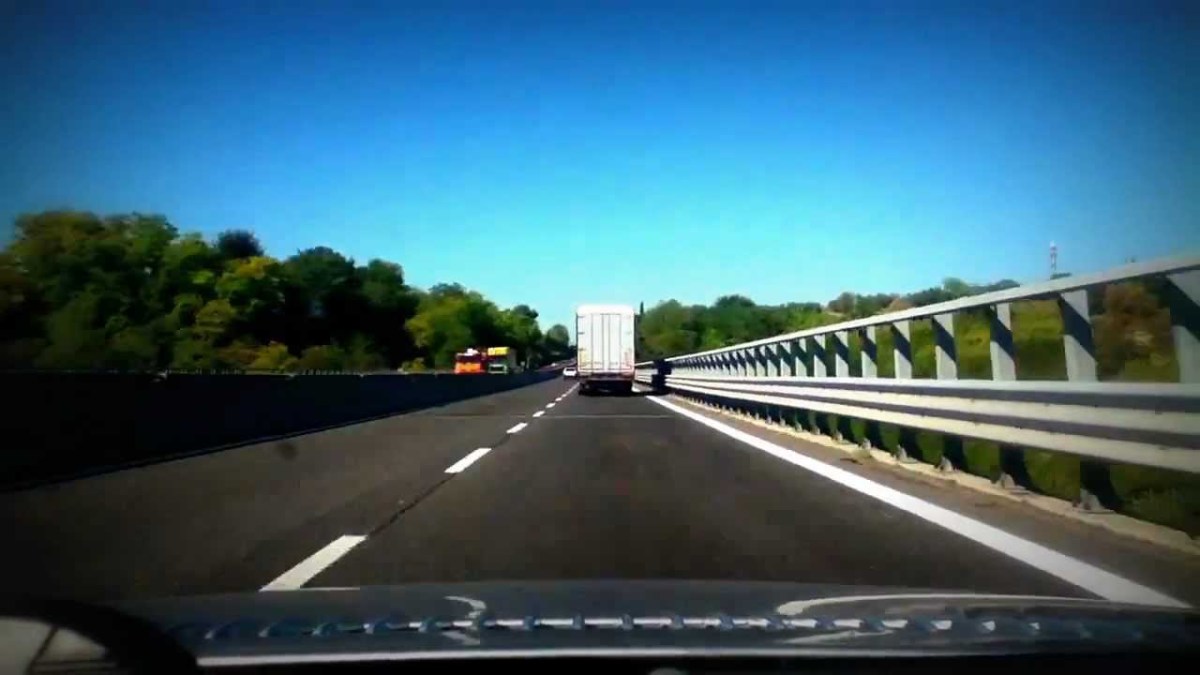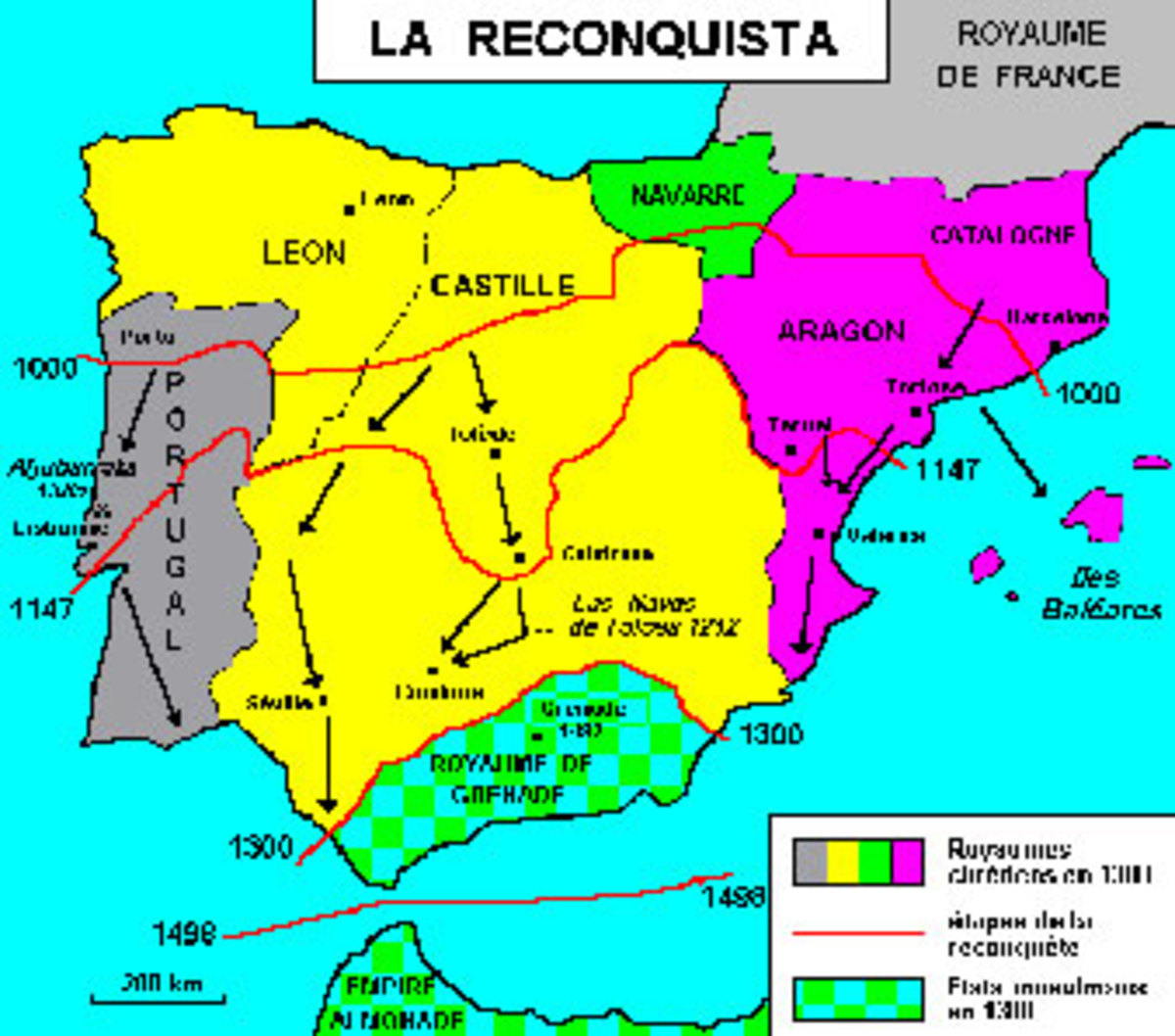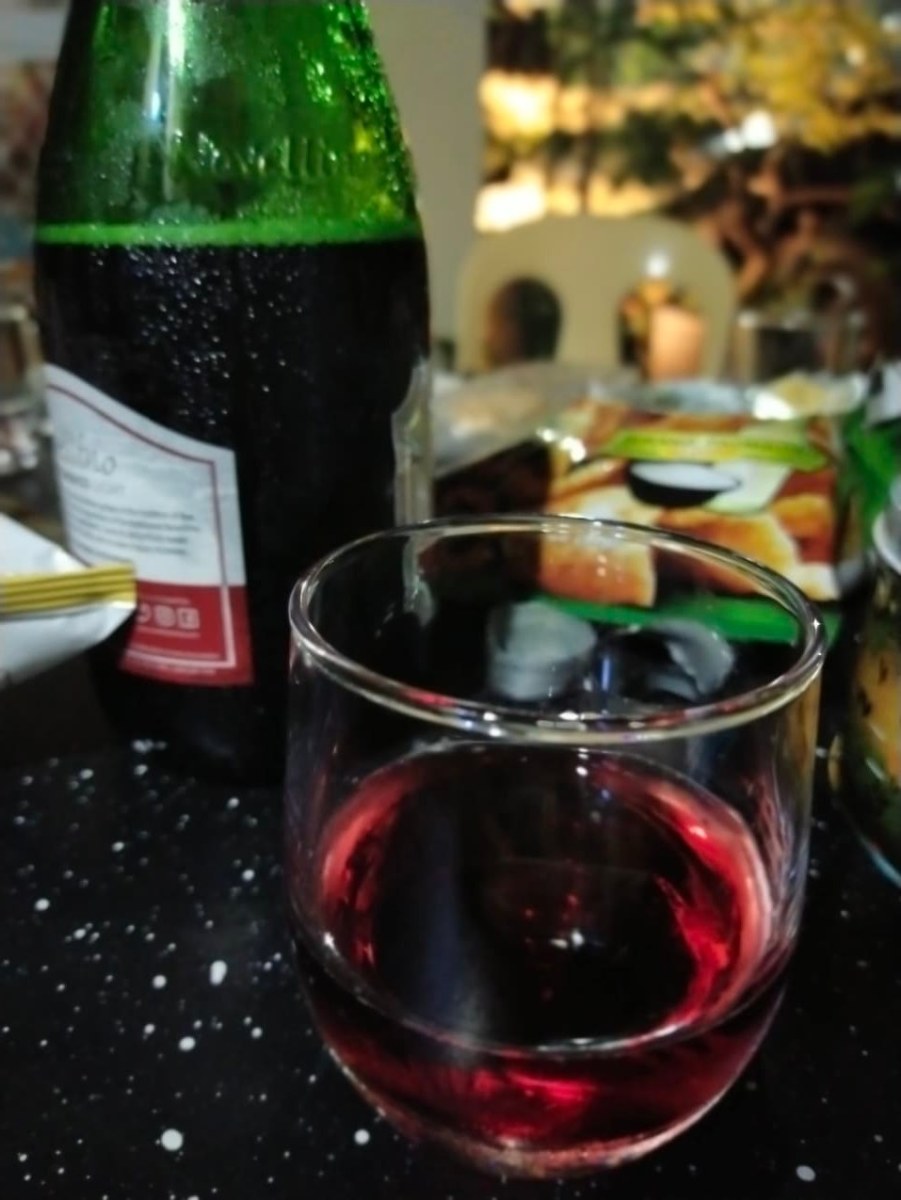An Introduction to Spanish Wines
A Spanish Vineyard
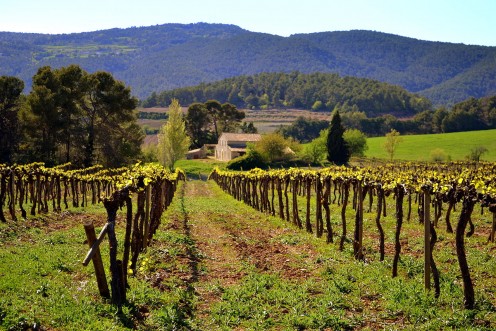
Spanish Grapes
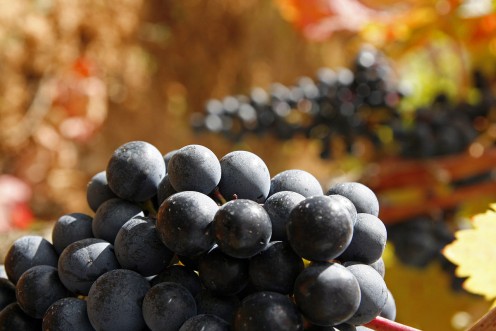
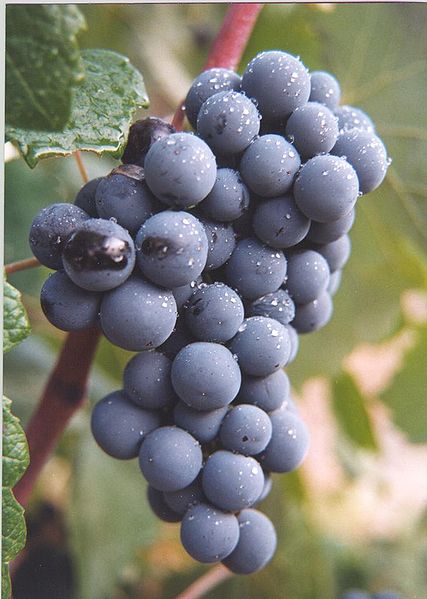
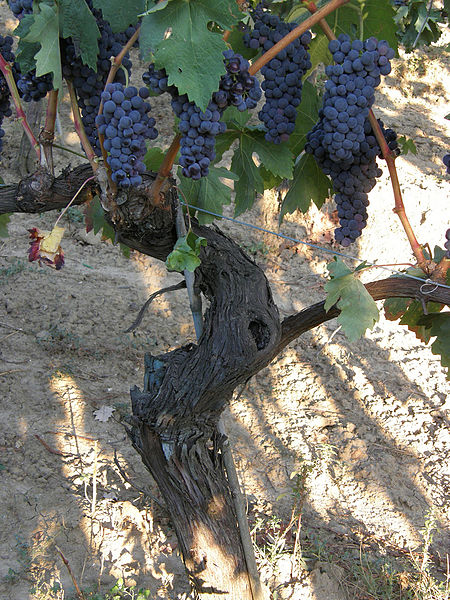
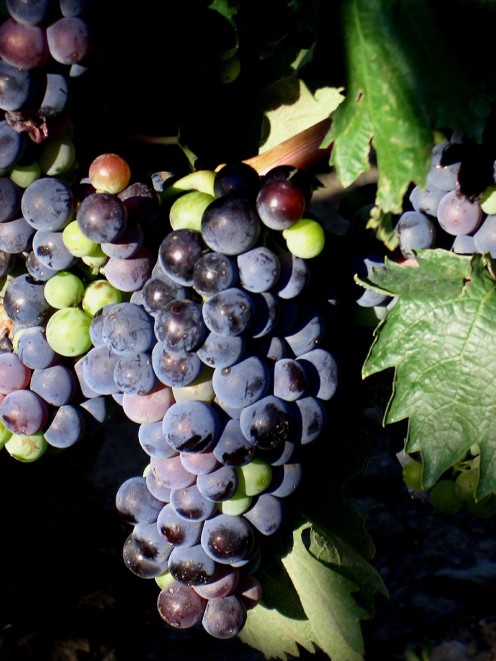
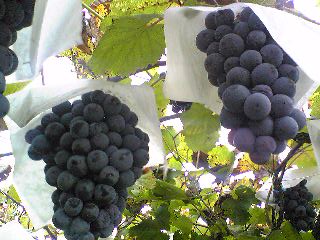
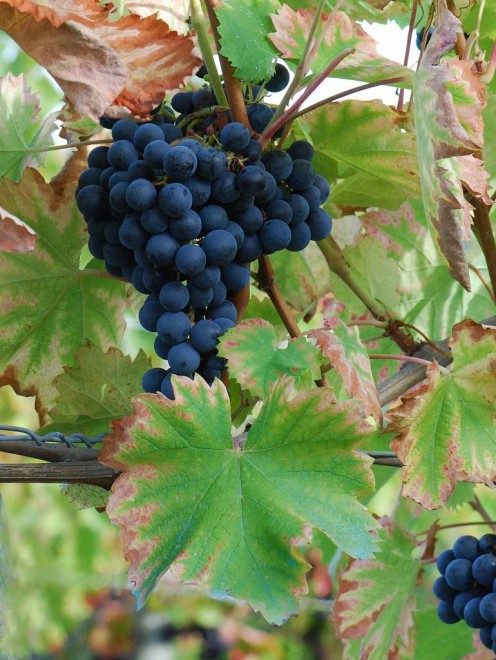
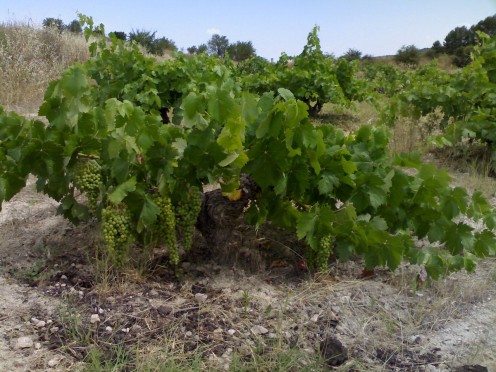
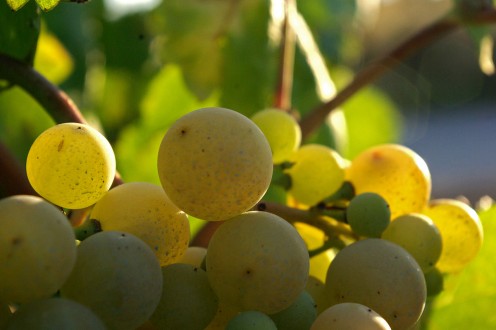
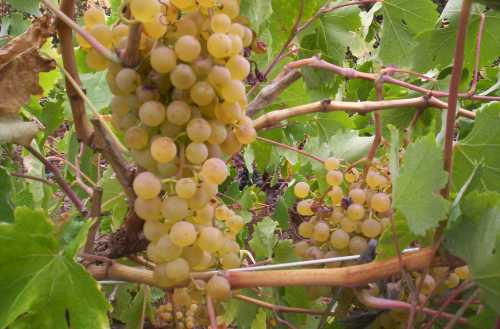
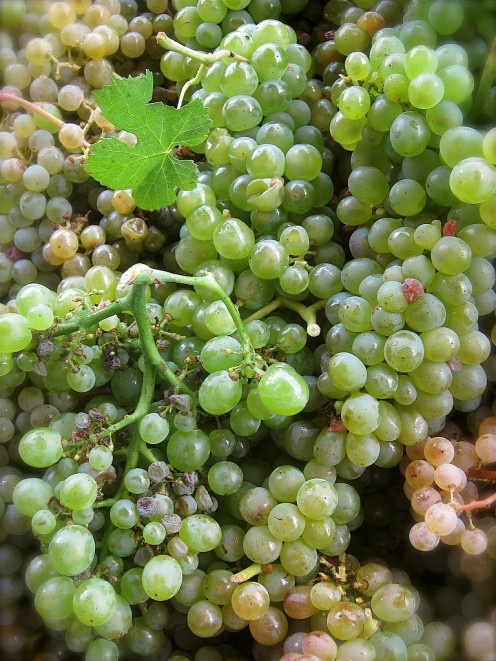
Spanish Wine Bottles and Labels
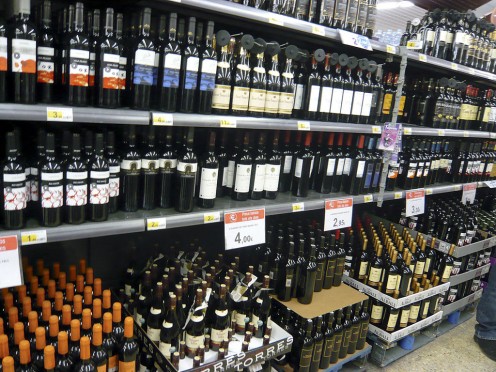
==================
An Introduction to Spanish Wines
==================
When I started doing research for this article, I suddenly realized how little I actually knew about Spanish wines. Of course I was familiar with Sherry, Rioja and Spanish Champagne which is known as Cava but that accounts for less than 15% of all Spanish wine.
---------------------------
Spain is the third largest producer of wine in the world and actually has more acreage planted in grapevines than either France or Italy. It has 68 DOs (Designation of Origin) distributed throughout 17 different geographic regions and more than 100 different grape varieties are grown in them.
---------------------------
Spain exported more than 1,750 million liters of wine in 2010 with almost two-thirds of it destined for European Union Countries. Germany, the UK, the USA and France are the leading importers of Spanish wines in dollar value.
---------------------------
To understand wine, you must understand the wines of Spain.
=================
Here is a list of ten things that you should know about Spanish wines:
- Spain is the third largest producer of wine in the world (13.6 % of the world’s production in 2010). France was first with 17.5 % and Italy was second with 16.2 %. Together, they account for almost half of all wine production in the world.
- Spain exported 1,766,000 liters of wine in 2010. Two-thirds of it was destined for European Union countries. France, Germany, Portugal and Russia were the largest importers volumewise.
- The per capita consumption of wine in Spain is 27.8 liters per year, which is about one-third more than that in the UK (21.6 liters) and almost three times as much as in the United States (9.4 liters).
- There are seventeen major wine-producing regions in Spain with 68 DOs. Seven of these regions produce 88 % of all Spanish wine. They are Castile La Mancha (50%), Catalonia (9.7%), Extremadura (9.5%), La Rioja (6.0%), Valencian Community (5.2%), Castile & Leon (4.5%) and Aragon (3.1%).
- One other important DO is for Cava, which is Spain’s sparkling wine equivalent to French champagne, German sekt and Italian proseca. 90% of all Cava comes from Catalunya but it is also produced in 7 other regions.
- Spanish wines have five classifications:
- Vino De Mesa (VdM) – These wines are equivalent to most country’s Table Wines.
- Vinos de laTierra (VdlT) – Similar to French vin de pays.
- Vino de Calidad Producido en Region Determinada (VCPRD) - Considered a stepping stone towards DO status.
- Denominacion de Origen – There are 68 Spanish DOs which include about two-thirds of all vineyards in Spain.
- Denominacion de Origen Calificada (DOCa/DOQ) – A step above DO , for regions with consistent high quality (Rioja was the first).
7. The most widely planted Spanish red wine grapes are Granacha (170,000 ha), Bobal (113,000 ha), Monastrell (called Mourvedre in France) (107,000 ha) and Tempranillo (70,000 ha). More than a hundred different grape varieties are planted in Spain and many of them are unique to Spain.
8. The most widely planted Spanish white wine grape is the Airen (420,00 ha) which makes rather mediocre wine and is gradually being replaced. Other widely planted varieties are the Pansa Blanca (also called Xarello) 55,000 ha), Macebo (46,000 ha), Palomino Fino (36,000 ha), Pedro Ximenez (20,000 ha) and the Parellada (18,000 ha).
9. Spanish wine labels may include both the wine region (DO) and the grape variety as well as the producer (Bodega), vintage and the alcohol content. I have provided a link at the end of this Hub to a web site that describes this in greater detail.
Keep in mind that Spanish Red Wines can also have at least three aging classifications:
- Crianza – Aged for two years with at least 6 months in oak.
- Reserva – Aged at least three years with at least 1 year in oak.
- Gran Reserva – Aged at least five years with at least 18 months in oak and at least 36 months in the bottle.
10. Spanish wine vintages vary in quality from year to year and from one region to another so that you really need to consult a vintage chart. I have provided a link to Robert Parker’s vintage wine chart, which is a good place to start. In general, you should buy only recent vintages when buying white wines and you should buy older red wines only if they have been stored properly.
==================
An Introduction to Spanish Wines
Spanish Wine Regions
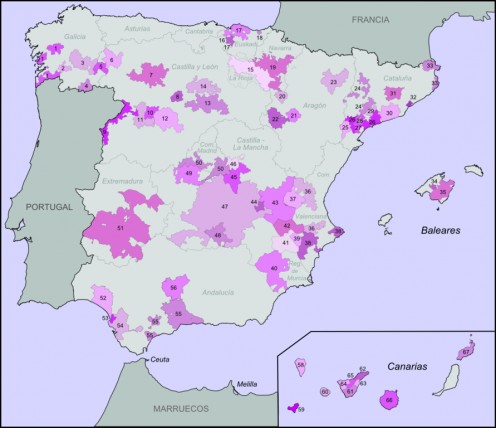
SPANISH WINE REGIONS WITH COMMENTS
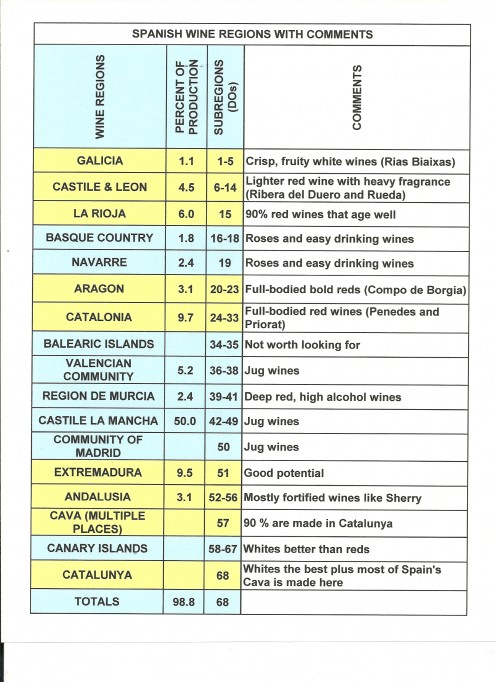
Map of Spain
How to Read a Spanish Wine Label
Robert Parker Chart of Recent Wine Vintages
Related Wine Hubs
- An Introduction to California Wines
California is one of the largest producers of wine in the world. If it was a country it would be fourth behind only France, Italy and Spain. Although in recent years, the prices for their top quality wines have skyrocketed, there are still many relat - An Introduction to Australian Wine
Australia is the sixth largest producer of wine in the world producing 4.4 percent of the world's wine. It is also the third largest exporter of wine to the United States accounting for 15.6 percent of the wine imported here. This hub is intended to - An Introduction to French Wines
France is the largest producer of wines in the world. French wine regions like Bordeaux, Burgundy, Champagne and Beaujolais have become household words. French grape varieties such as cabernet sauvignon, pinot noir, chardonnay, syrah and merlot are p - French Wine Regions - Bordeaux
The greatest wines in the world come from the French Wine region of Bordeaux. Names like Chateau Margaux, Chateau Latour and Chateau Lafitte Rothschild are legendary and command the highest wine prices. The main regions in Bordeaux are the Medoc, Gra - French Wine Regions - Burgundy
The various regions of Burgundy are described as well as the grapes that are grown there. In addition, many of the greatest wines of Burgundy are listed along with my comments on those that I have tasted. Also included are fond recollections of a wee - French Wine Regions - The Rhone Valley
The wines of the Rhone valley stretch from Vienne which is close to Lyon all the way down to Avignon which is fairly close to Marseille.There are two distinct regions that make entirely different wines from different grape varieties. The north produc - Which Wine Goes With What Food?
Novice wine drinkers are confused about which wine to drink with what food. This article explains in simple terms the time-honored pairings, but ultimately it is OK to drink any wine you like with any food. One useful guideline is that the wines of a - French Wine Regions - Alsace
Alsace often changed hands between Germany and France for over a hundred years until the treaty of Versilles was signed in 1921. It is no wonder that the Alsacian wines still resemble the white wines of Germany with the grape variety displayed promin - Top Ten Things You Should Know About Wine
If you are interested in learning about wine, here is a list of the top ten things that you should know. Topics covered are wine production, consumption, what to look for and other interesting facts. The most important thing to remember is that there - Wine and Food - How to Hold a Wine Tasting?
One of the best ways to learn about wine is to hold a wine tasting with your friends. This Hub explains the best way to do this. Better yet, form a wine tasting club and meet regularly to learn and have fun. You can also explore different cheeses and
Spanish Wine Glasses
Spanish Wine Books
Spanish Vineyards and Bodegas
